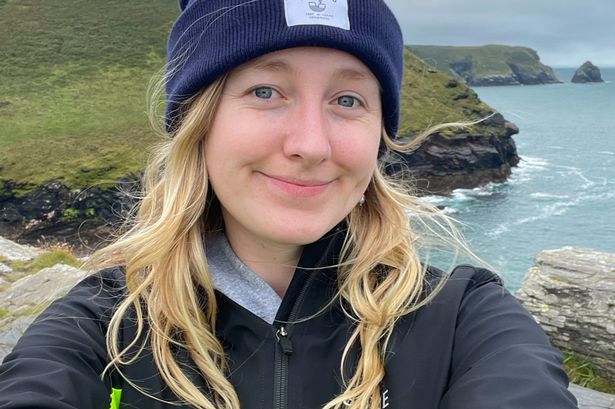Amber O’Connor, a seemingly healthy and vibrant individual, received a jarring wake-up call in the form of a biological age test. The results indicated that her body, despite her chronological age, functioned as if it were nearly three decades older. This stark discrepancy between her perceived youth and her internal biological clock ignited a profound quest to understand the underlying causes and potential remedies for this accelerated aging. Driven by a desire to reclaim her vitality and extend her healthspan, O’Connor embarked on a comprehensive exploration of lifestyle factors, genetic predispositions, and cutting-edge scientific research, determined to unravel the mystery of her premature biological aging and implement strategies to reverse the trend.
The initial shock of the test results propelled O’Connor to delve into the complex world of biological aging. Unlike chronological age, which simply measures the time elapsed since birth, biological age reflects the cumulative wear and tear on the body’s cells, tissues, and organs. This internal aging process is influenced by a myriad of factors, including genetics, lifestyle choices, environmental exposures, and even psychological well-being. Understanding the interplay of these factors is crucial to deciphering why O’Connor’s biological age significantly outpaced her chronological age. She recognized that this discrepancy wasn’t merely a number on a test; it was a potential harbinger of future health risks and a call to action to address the underlying drivers of her accelerated aging.
O’Connor’s journey began with a meticulous examination of her lifestyle. She scrutinized her diet, exercise habits, sleep patterns, stress levels, and exposure to environmental toxins, searching for potential culprits contributing to her advanced biological age. She consulted with health professionals, nutritionists, and fitness experts, seeking guidance on optimizing her lifestyle choices to promote healthy aging. This involved adopting a nutrient-rich diet emphasizing whole foods, antioxidants, and anti-inflammatory ingredients, while minimizing processed foods, sugar, and unhealthy fats. She incorporated regular exercise, focusing on both cardiovascular health and strength training, recognizing the importance of physical activity in maintaining cellular function and slowing down the aging process.
Furthermore, O’Connor recognized the profound impact of stress on the body’s aging trajectory. Chronic stress triggers the release of cortisol, a hormone that can accelerate cellular damage and contribute to premature aging. To mitigate stress, she explored various relaxation techniques, including mindfulness meditation, yoga, and spending time in nature. She prioritized quality sleep, understanding its crucial role in cellular repair and regeneration. Recognizing that environmental toxins, such as pollution and heavy metals, can also accelerate aging, she took steps to minimize her exposure to these harmful substances. This multifaceted approach to lifestyle modification demonstrated O’Connor’s commitment to addressing the modifiable factors contributing to her accelerated aging.
Beyond lifestyle adjustments, O’Connor also investigated the role of genetics in her accelerated aging. She sought genetic testing to identify any predispositions to age-related diseases or conditions that might be contributing to her advanced biological age. While genetics can play a significant role in determining an individual’s aging trajectory, it’s important to note that genes are not destiny. Lifestyle choices and environmental factors can significantly influence how genes are expressed and can either exacerbate or mitigate genetic predispositions. By understanding her genetic profile, O’Connor aimed to personalize her approach to healthy aging, tailoring her lifestyle choices and medical interventions to address her specific genetic vulnerabilities.
Finally, O’Connor’s quest led her to explore the cutting edge of scientific research on aging. She immersed herself in studies on telomere length, cellular senescence, and other biological markers of aging, seeking insights into potential interventions to slow down or even reverse the aging process. She investigated emerging technologies and therapies, such as NAD+ boosters, senolytics, and other interventions designed to target the underlying mechanisms of aging. While many of these interventions are still in the early stages of research, O’Connor’s proactive approach to staying informed about the latest scientific advancements reflects her unwavering commitment to optimizing her healthspan and extending her years of healthy living. Her journey exemplifies the power of proactive health management and the importance of taking an active role in understanding and influencing one’s own aging process.














